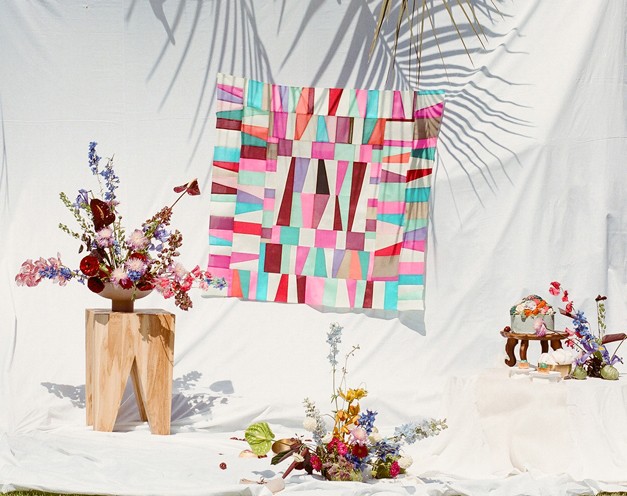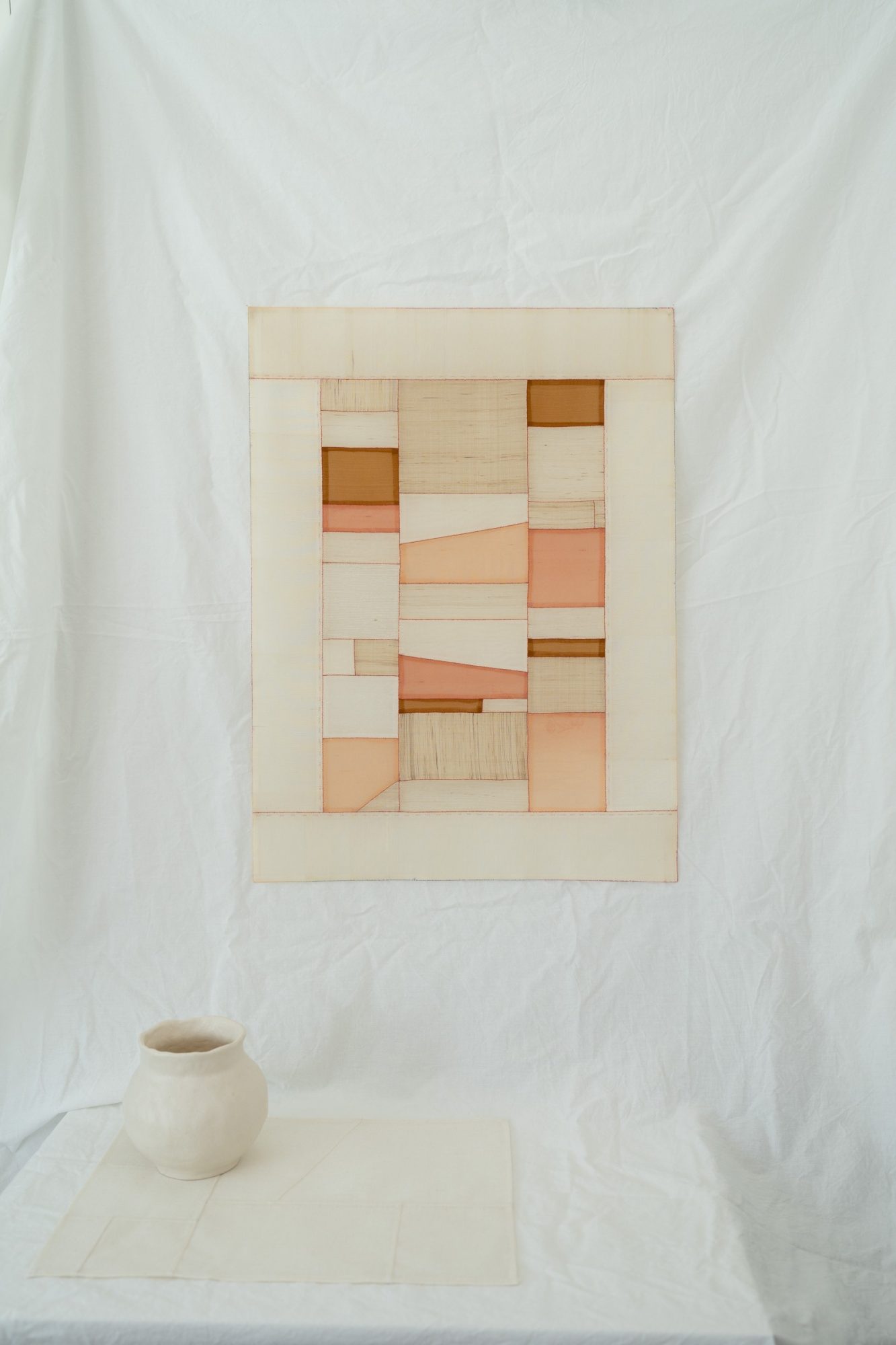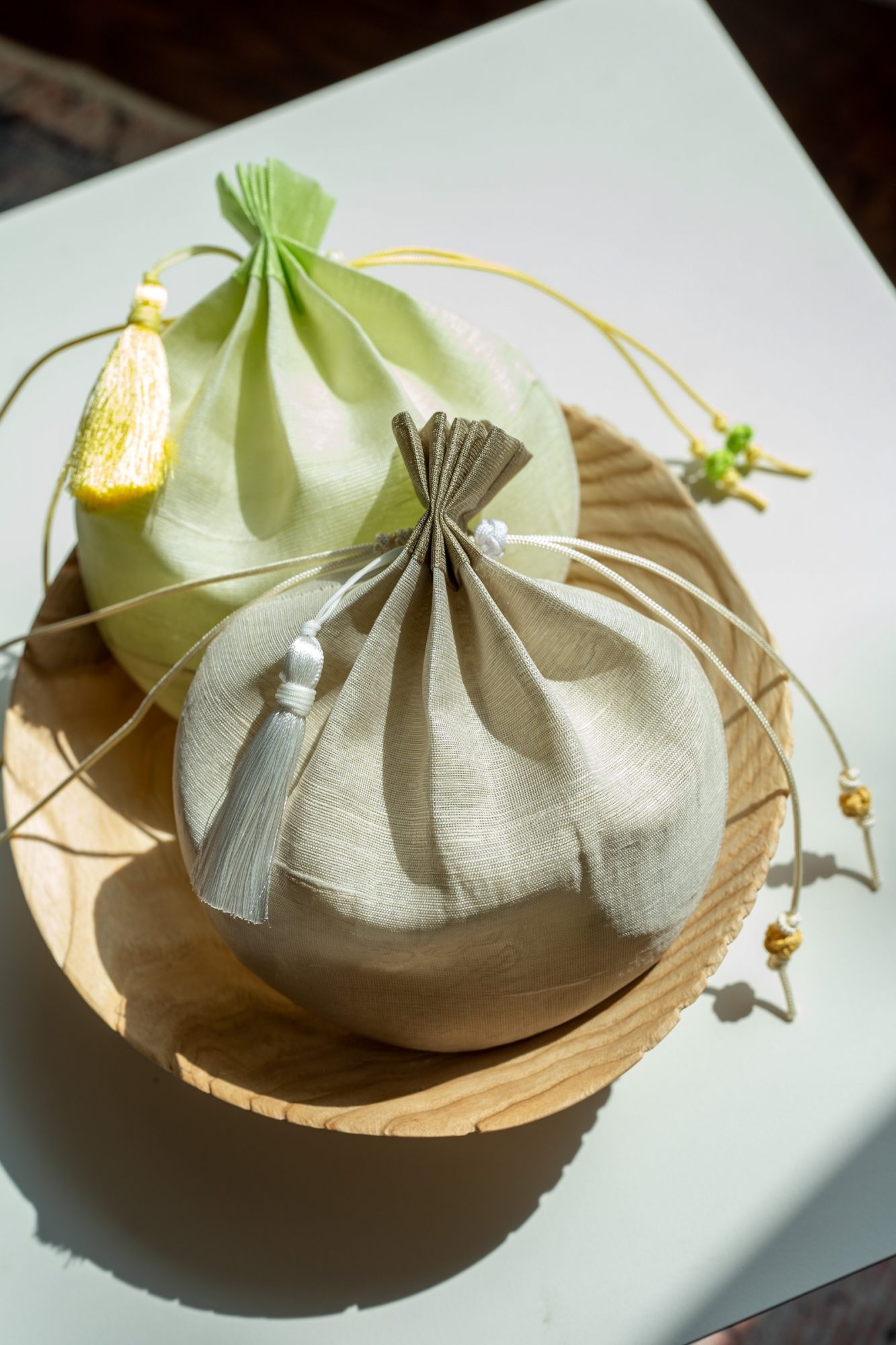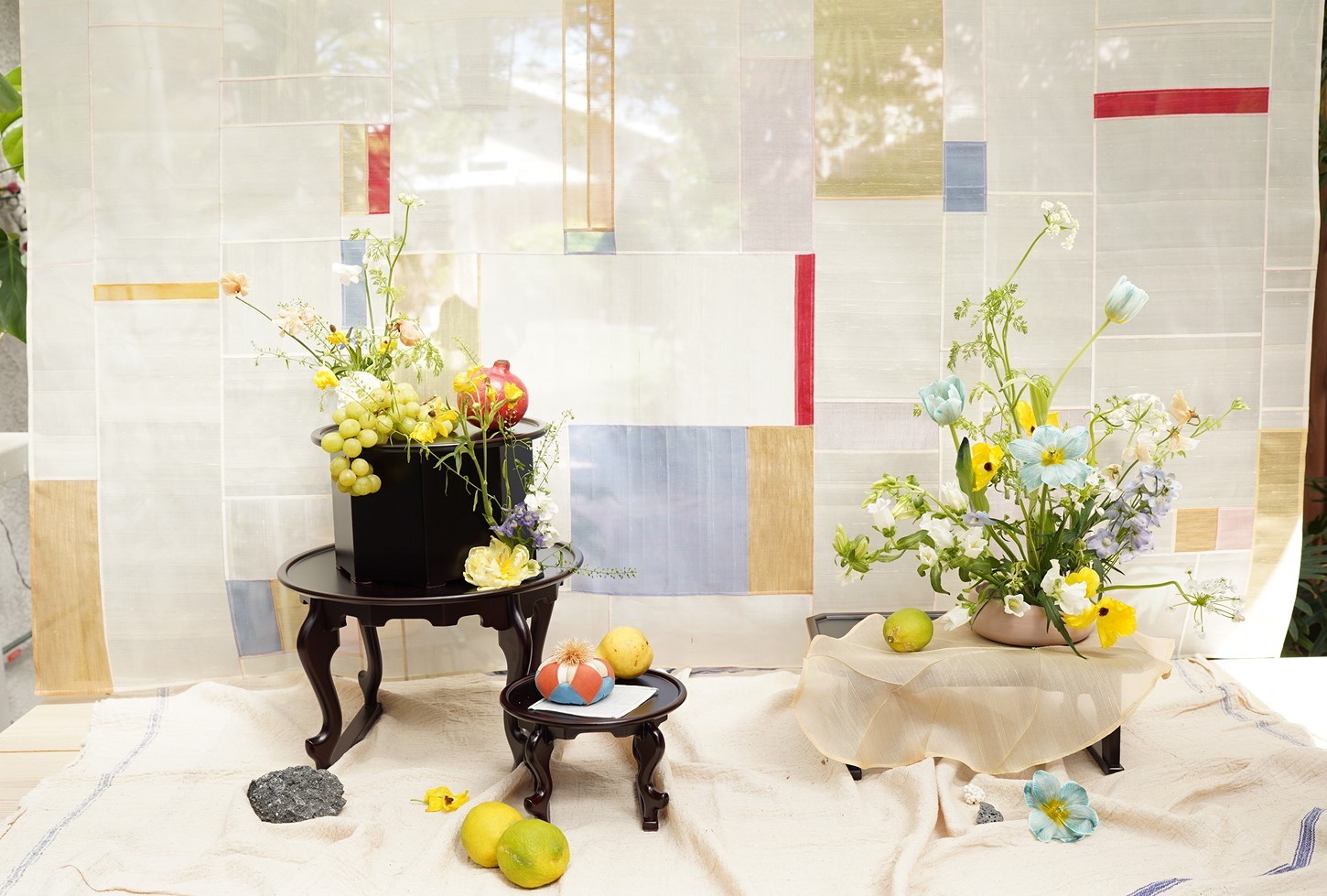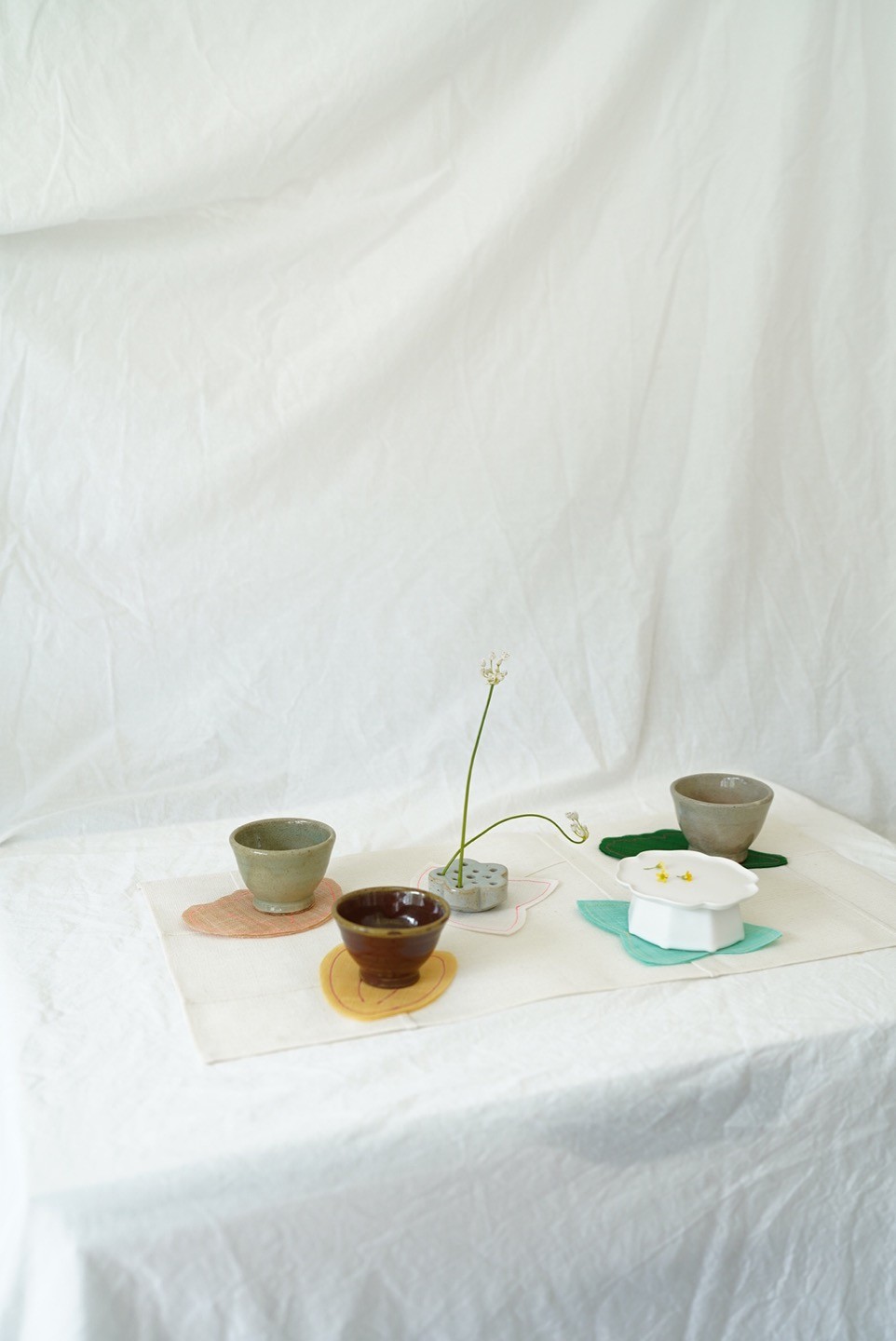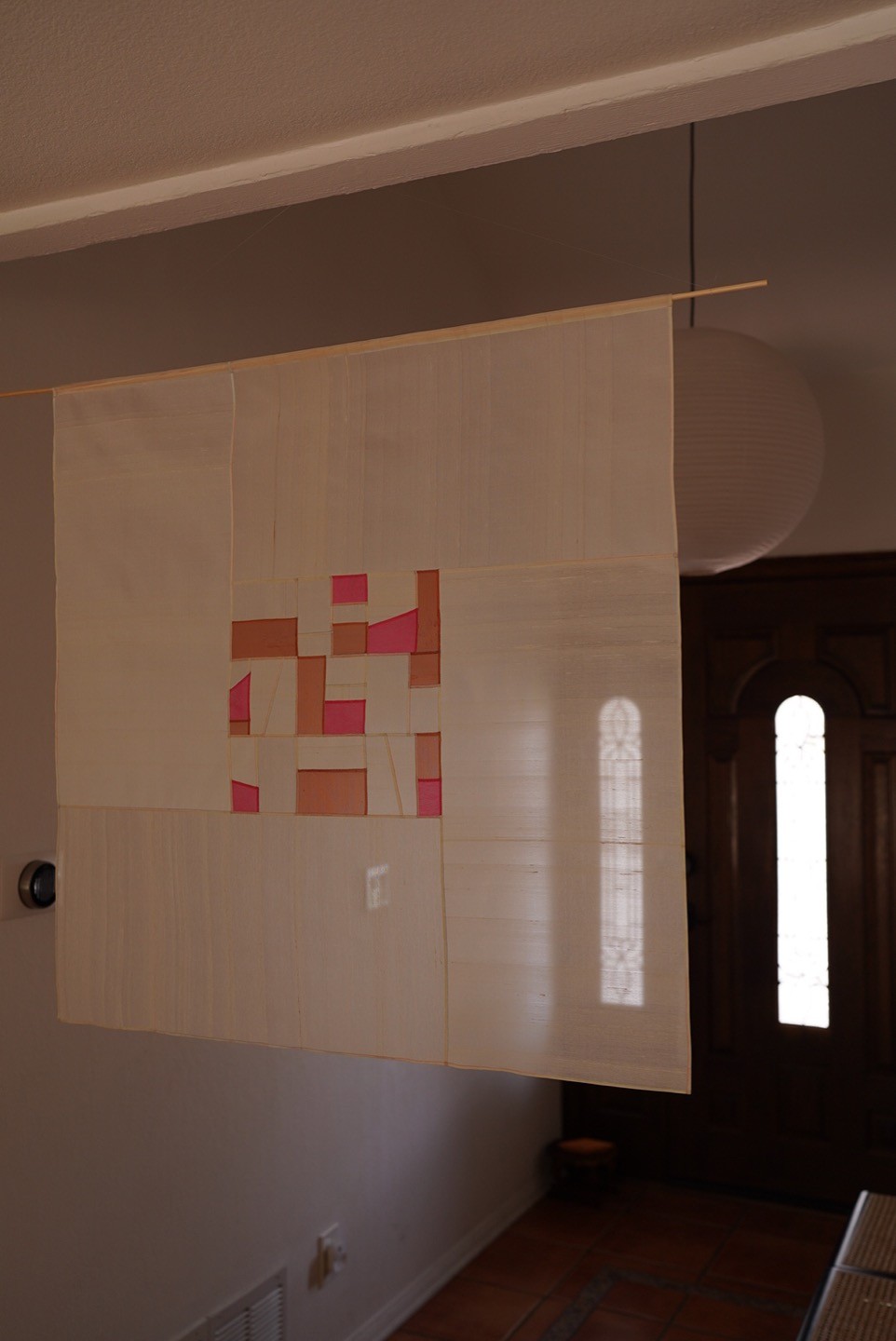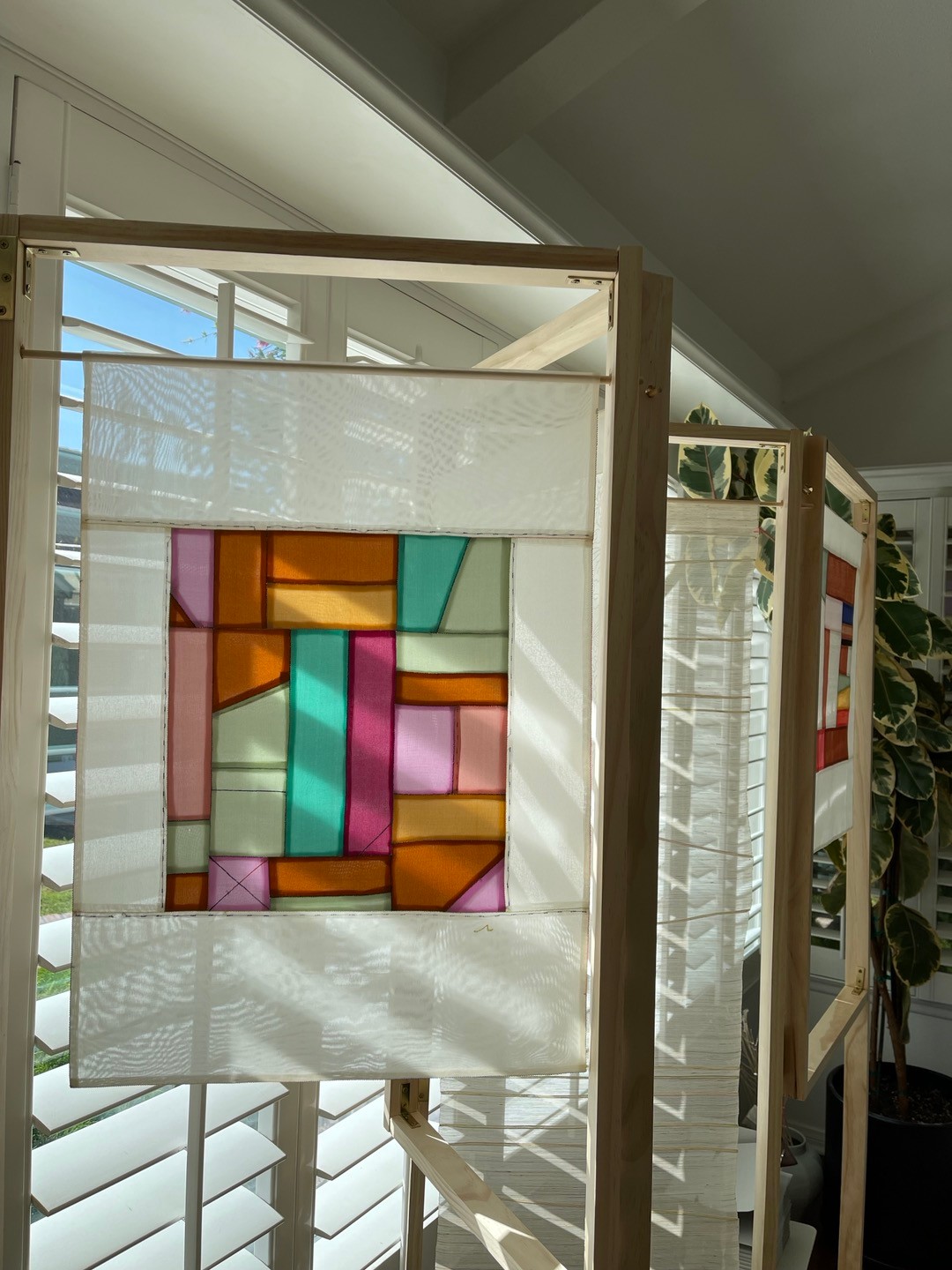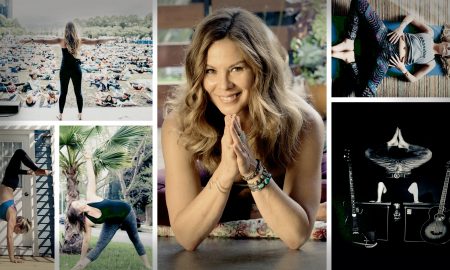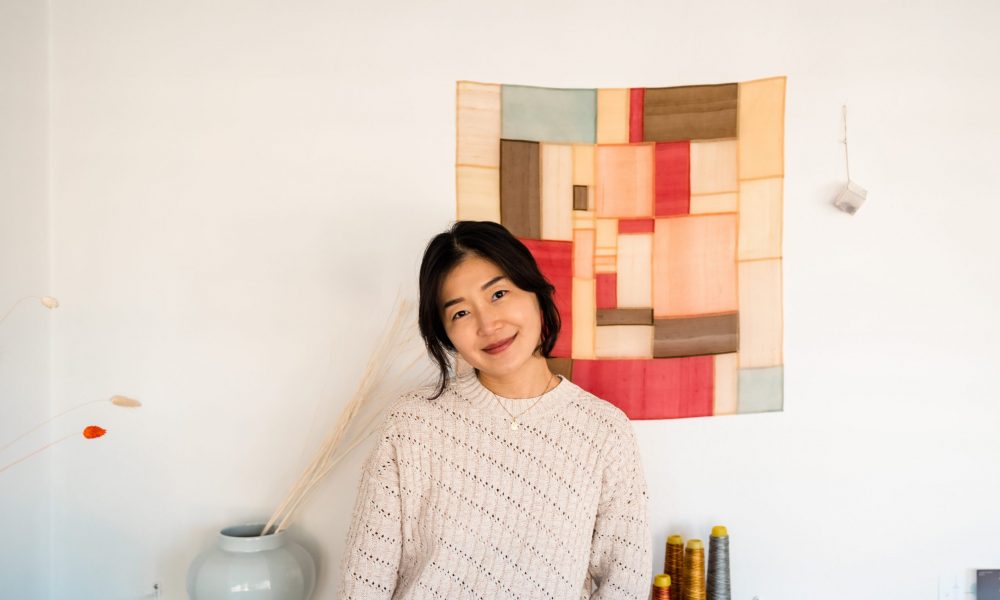

Today we’d like to introduce you to Ye Jin Shin.
Hi Ye Jin, we’re thrilled to have a chance to learn your story today. So, before we get into specifics, maybe you can briefly walk us through how you got to where you are today?
To me, Jogakbo always felt like a sense of calling. I majored in fashion in Korea and worked in the fashion industry as a visual merchandiser for over ten years. As I expressed fashion through spaces and connected with people, my role always involved seeking out what was trendy and new. I particularly loved the hands-on work of personally crafting displays and adding meticulous finishing touches. One day, I discovered something new within Korean tradition. There was a Jogakbo class held in a traditional Korean hanok. Jogakbo is one of the craft techniques from the Joseon Dynasty, where women gathered to create various handicrafts through needlework. When I first encountered the hand-dyed Korean silk fabric and witnessed the sophisticated composition of Jogakbo, I fell deeply in love. Moreover, amidst the busyness of corporate life, the moments of sewing became healing moments where I could focus solely on myself.
After moving to California, I developed a passion for art and wanted to incorporate Jogakbo techniques and vibrant California colors into my artwork, making it accessible for everyday life. However, my focus shifted when I had my first child, and I became occupied with creating a home and managing my career. Years later, with the arrival of my second child and the onset of the COVID-19 pandemic, I made the bold choice to leave my job, which motivated me to pursue my lifelong dream of starting my own brand.
As my first project, I prepared my second child’s first birthday celebration, known as “Doljanchi,” that embraced the essence of Korean tradition. I began by bringing out the cherished antique silk fabric that I had kept close to my heart and continued the journey of Jogakbo that I had always envisioned. Each stitch, crafted with utmost care and dedication, carries within it the meaning of happiness and longevity. Working on these artworks made me feel like I was treating them as precious as my own child.
I’m sure it wasn’t obstacle-free, but would you say the journey has been fairly smooth so far?
It hasn’t been a completely smooth road. Jogakbo, being a handcrafted art form, requires a significant amount of time. However, as my baby grew, I didn’t have much flexibility in terms of working hours. I would often work on my projects late into the night after the baby had fallen asleep. Balancing the being a mother with my own creative desires posed a considerable challenge.
Furthermore, shortly after I started this journey, my mother passed away unexpectedly, and it was an immensely difficult time for me. To cope with the grief, I immersed myself even more in my needlework. It became a way for me to find solace and focus my mind, helping me temporarily escape from the pain. Despite the hardships, my dedication to the craft remained strong, and I persevered through those challenging moments.
Appreciate you sharing that. What else should we know about what you do?
I am a Jogakbo artist and the founder of Artbo, a brand that combines traditional Korean patchwork techniques with contemporary textile art and accessories. My specialization lies in creating textile artworks and products that bring Korean tradition closer to modern lifestyles. By using forgotten Korean traditional fabrics, I express them through my artwork, giving them a renewed sense of significance and preserving our cultural heritage.
While staying true to the essence of traditional crafts by drawing inspiration from nature and incorporating trendy elements, I strive to make my work visually appealing and relevant to today’s aesthetics.
What I am most proud of is my ability to connect the past and the present, acting as a bridge between them. Through the patterns and motifs on traditional Korean silk fabrics, I aim to convey stories from bygone eras. I also work towards ensuring that my creations seamlessly blend into our modern lives by introducing changes in color composition and the form of the artworks, making them easily approachable and relatable.
Can you talk to us about how you think about risk?
In my artistic journey, I took a major risk when I introduced jogakbo as a part of the art world through Artbo. Jogakbo, a traditional Korean craft, wasn’t widely known in contemporary art circles. But I decided to take a chance and showcase jogakbo as an integral part of the art scene, blending tradition with modern artistic expression. It meant challenging the norms and introducing an unfamiliar craft to a wider audience.
By incorporating jogakbo into the art world, I aimed to preserve our cultural heritage while giving it a contemporary twist. It was a risk to present something unconventional and less familiar, but I believed it was worth it. Taking risks, whether big or small, is essential for personal growth and pushing boundaries. It allows us to break free from the ordinary and discover new horizons. While risks can be scary, they also bring exciting opportunities and pave the way for innovation and progress. So, I embrace the idea of taking risks and believe it’s a vital part of my artistic journey.
Contact Info:
- Website: www.artboshop.com
- Instagram: https://www.instagram.com/artbo__/
